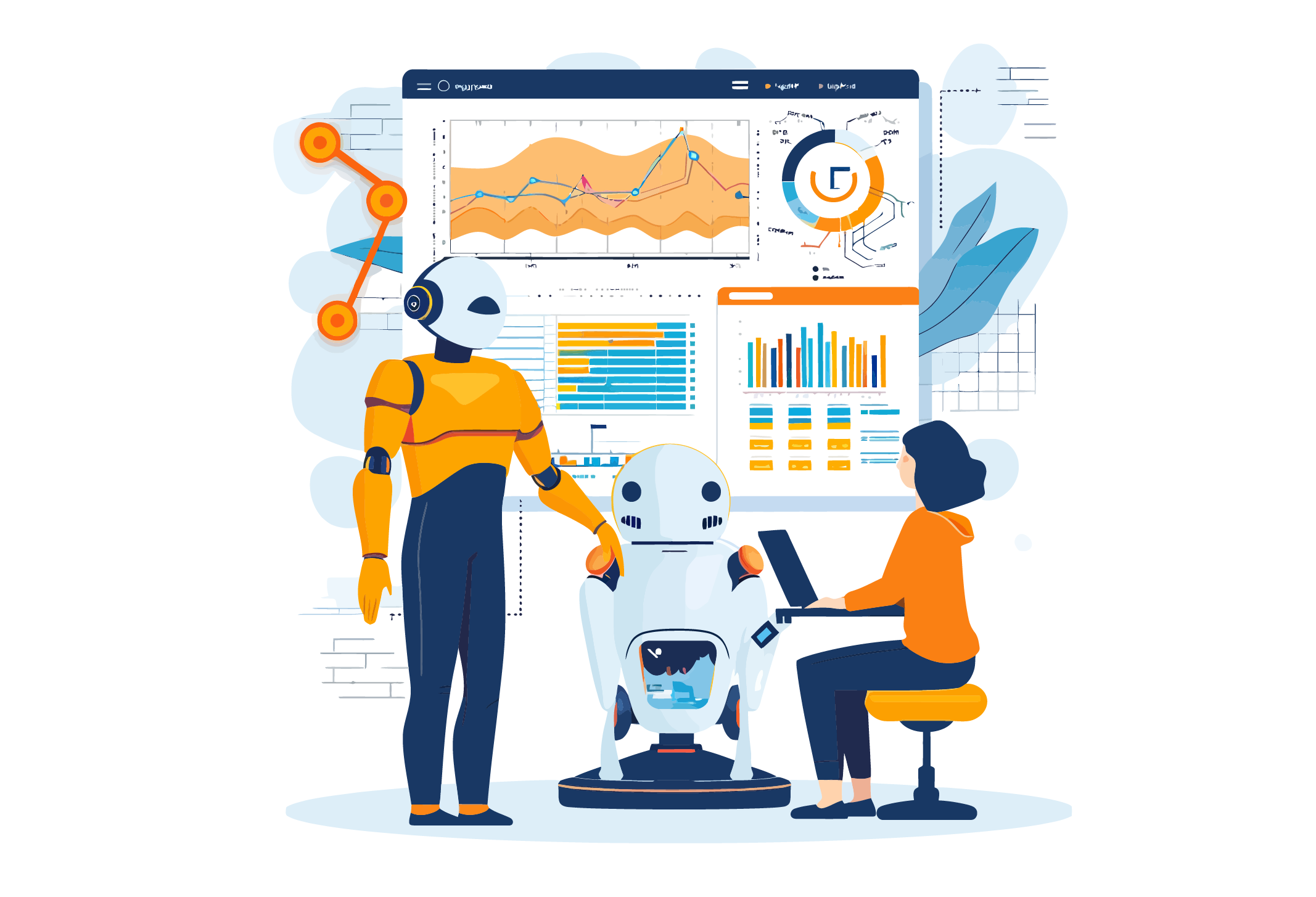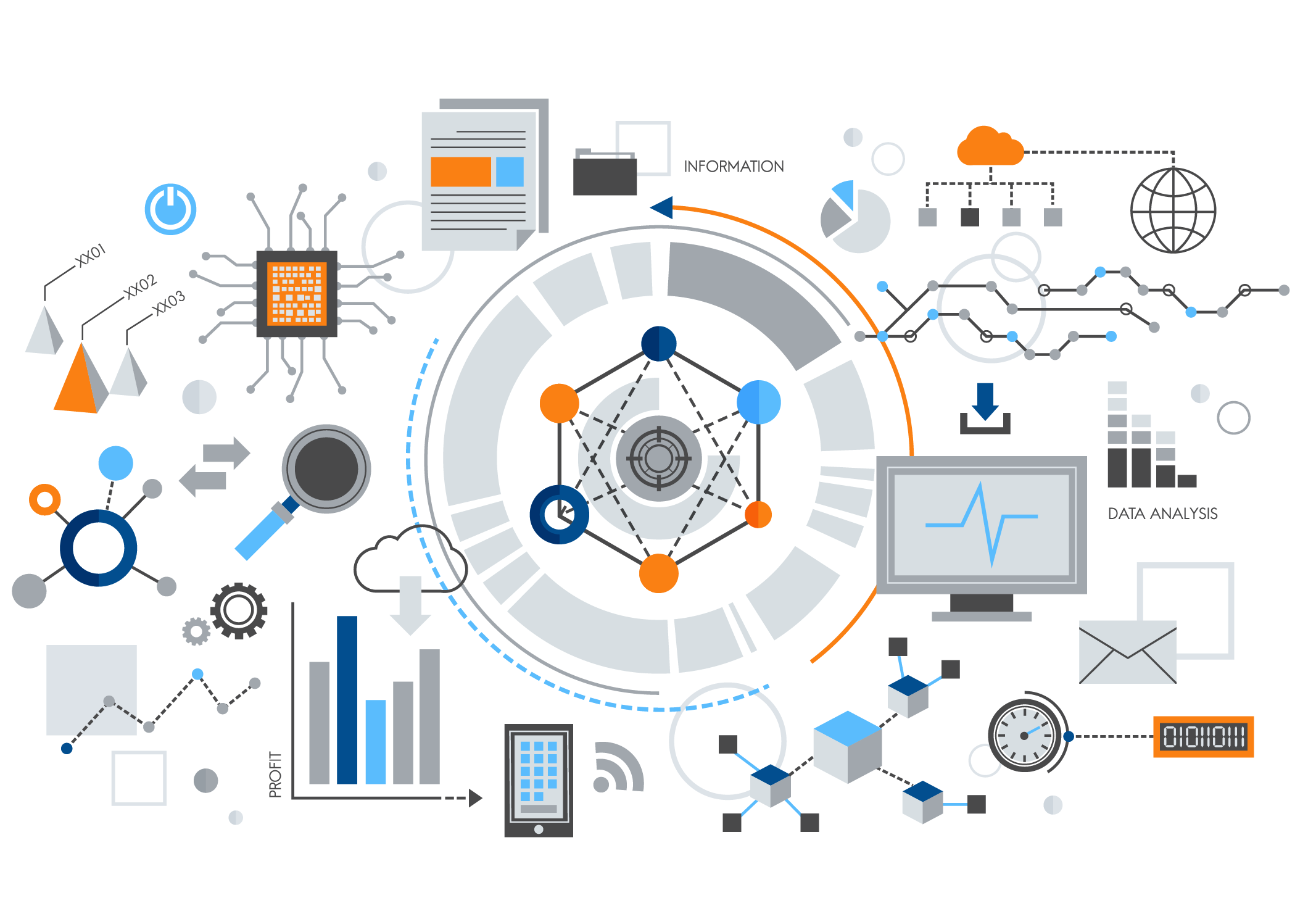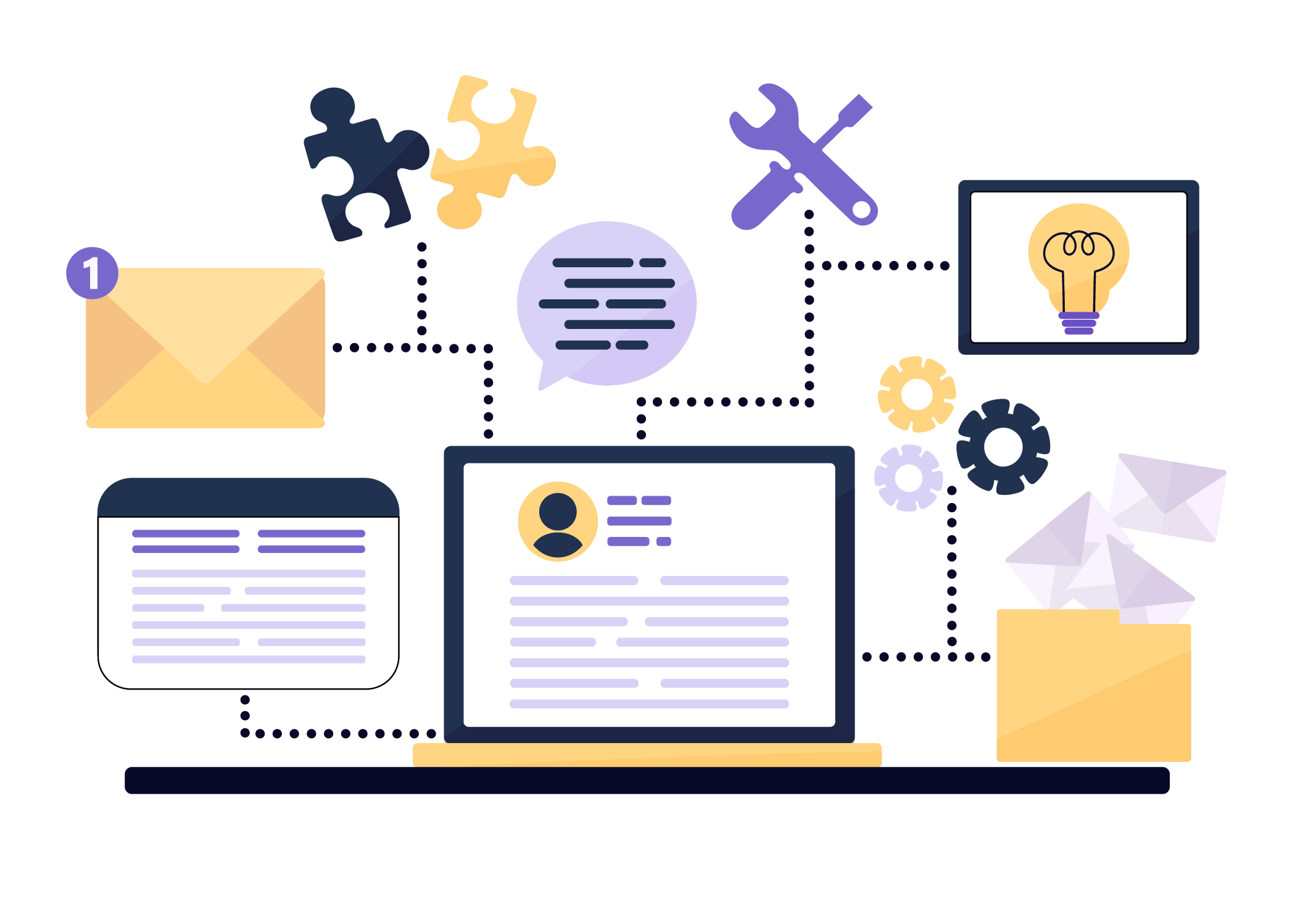A Guide to Maximizing Workflow Efficiency; Efficient Automation in Data Science
Automation has become a vital tool in data science for increasing workflow effectiveness and productivity. Automation in data science is the process of streamlining repetitive operations, such as data pretreatment, model training, and assessment, by using software tools and algorithms. Data scientists may concentrate their time and efforts on more strategic and value-added tasks, such as data analysis, interpretation, and decision-making, by automating these processes.

In the frantic, data-driven world of today, optimizing workflow efficiency in data science is crucial. The exponential development in data quantities and complexity can make manual job management laborious and time-consuming. Organizations may acquire a competitive edge in their particular sectors, increase time-to-insight, and expedite the pace of innovation by embracing automation.
This article seeks to provide readers with a thorough overview of data science automation and the skills and resources they need to optimize workflow efficiency. Clients will gain knowledge about the advantages of automation, the many tools and methods available for automating data science jobs, as well as the difficulties and factors to be taken into account when putting automation into reality, throughout the guide. Real-world case studies and best practices will also be presented to show how businesses are effectively using automation to generate business outcomes and accomplish their objectives.
Data Science Automation; Definition, Workflow Components, and Productivity Advantages
Automation in Data Science transforms the way work is done in the field by providing a methodical means to increase productivity and streamline operations. Fundamentally, data science automation is the application of software tools and algorithms to automate repetitive processes that are part of the data analysis process. These activities cover preparing data, training models, and assessment, among other phases of the data science pipeline.
Several essential elements and procedures make up automation in data science workflows, and each one is essential to the system’s overall effectiveness. Data intake methods for obtaining raw data, preprocessing pipelines for cleaning and converting data, model selection, and tuning algorithms for constructing predictive models, and deployment pipelines for putting models into use in real-world settings are a few examples of these components. Through smooth integration of these elements, institutions may create automated processes that operate from start to finish, optimizing the whole data science process.

Automation in data science has several benefits, including major gains in productivity and efficiency. Initially, automation removes the need for human intervention in repeated operations, lowering the possibility of human mistakes and quickening the analytical process. In turn, this frees up data scientists’ time and skills for more intricate and strategic tasks like decision-making and data interpretation. Furthermore, automation makes it easy for businesses to expand their data science activities, supporting enormous datasets and intricate analytical requirements. Organizations may also guarantee consistency and repeatability in their studies by standardizing and automating procedures. This will encourage information sharing and teamwork among members.
Automation in data science provides a methodical way to optimize productivity in the field by optimizing procedures. Organizations may create end-to-end automated processes that speed up analysis and decision-making by clearly specifying the components of the workflow. Automation in data science has several benefits beyond increased productivity, such as scalability, consistency, and teamwork, which makes it a vital tool for today’s data-driven businesses.
Tools, Techniques, and Workflow Integration by Enhancing Data Science
Having the right tools and techniques for automation in data science is crucial to optimizing workflow efficiency for projects. Practical practitioners may gain significant insights into available resources with this thorough overview of prominent tools and platforms for automating data science jobs. From data preparation and exploration to model training and deployment, these tools cover a broad spectrum of functionality. Several well-known instances include cloud-based systems like Google Cloud AI and Amazon SageMaker, as well as Python libraries like sci-kit-learn and TensorFlow. Different data science needs and preferences are met by the distinct features and connectors that each tool offers.
Methods for automating model training, assessment, and data preparation are essential for optimizing the data science pipeline. Creating pipelines and scripts to manage operations like feature engineering, normalization, and data cleaning is the automation of data preparation. Effective model selection and optimization are made possible by model training automation, which includes ensemble approaches, cross-validation, and hyperparameter tweaking procedures. To evaluate model performance and make iterative improvements, automated testing frameworks, and performance indicators are also included as part of the automation process.

Adoption and usage of automation technologies must be easy, requiring integration with current data science procedures. Organizations may increase productivity and efficiency while utilizing their current infrastructure and knowledge by incorporating automation solutions into their existing workflows. In order to seamlessly integrate tools into current systems, this integration may need special development. Alternatively, it may make use of the APIs and SDKs offered by automation platforms. Furthermore, in order to promote seamless teamwork and information exchange, companies need to make sure that automation tools are compatible with current data science technology.
Optimizing automation in data science productivity necessitates a methodical approach to use instruments, methods, and workflow integration. Organizations may realize the full potential of data science automation and achieve revolutionary results in their data-driven projects by choosing the right automation technologies, becoming proficient in automation techniques, and integrating them into current processes.
Addressing Data Science Automation and Its Challenges, Ethics, and Strategies
Businesses that use automation and data science have some issues and concerns that need to be resolved for the deployment to be effective. Problems with data quality, method selection, and model interpretability are common obstacles and traps in automating data science procedures. Inconsistencies or errors in the data might provide biased or untrustworthy conclusions, which is why data quality issues develop. The difficulty in selecting an algorithm comes from the wide variety of algorithms that are accessible; one must carefully evaluate which of them is best suited for a certain job and dataset. When complicated models yield outcomes that are hard to comprehend or explain, interpretability issues occur that restrict the usefulness of the models in practical settings.
Another important aspect of automation in data science is ethical implications and issues. Privacy, equity, and openness are ethical issues that grow more pressing when automation has a greater impact on decision-making processes. When personal data is collected and used, privacy issues arise. As a result, enterprises must have strong data protection mechanisms in place and follow legal obligations like the GDPR. Concerns about fairness originate from the possibility of algorithmic bias, in which computer programs unintentionally discriminate against particular people or groups. Concerns about transparency center on the necessity of accountability and openness in automated decision-making systems to guarantee that choices are comprehensible and auditable.
Various solutions may be employed by enterprises to guarantee appropriate automation processes and solve these problems. To guarantee data quality, integrity, and compliance, one tactic is to put strong data governance structures in place. To protect sensitive data, this entails putting in place access restrictions, data lineage monitoring, and validation procedures. Adopting moral standards and rules for data science automation, such as the AI Ethics rules created by associations like the IEEE and ACM, is another tactic.
These rules offer structures for resolving moral dilemmas and encouraging the appropriate application of automation technology. Organizations can also fund continuing education and training initiatives to increase awareness of moral dilemmas and provide data scientists with the tools they need to make wise judgments.
Considering obstacles, morality, and tactics carefully is necessary while navigating automation in data science. Organizations may embrace the power of automation while mitigating risks and assuring responsible practices by tackling common obstacles, upholding ethical values, and adopting strategic initiatives.
Case Studies, Best Practices, and Insights; Exploring Automation in Data Science
Case studies from the real world provide insightful information on how data science automation is successfully implemented across a range of sectors. Netflix is a prime example of this since it makes considerable use of automation in data science to tailor user suggestions and enhance the delivery of content. Netflix uses machine learning algorithms to analyze user behavior and preferences in real-time and provide tailored content that improves user engagement and retention. In addition to streamlining the suggestion process, this automation helps Netflix provide millions of customers globally with a smooth and customized viewing experience.
Another noteworthy case study is Amazon, which optimizes its supply chain management procedures using data science automation. Amazon automates order fulfillment, inventory management, and logistics planning via the use of predictive analytics and demand forecasting algorithms, guaranteeing effective operations and prompt product delivery to customers. Amazon has become a global leader in e-commerce by using automation to improve overall operating efficiency, eliminate stockouts, and lower the cost of keeping goods.
To ensure successful outcomes in data science initiatives, best practices for optimizing efficiency and effectiveness through automation are crucial, in addition to case studies. Adopting agile approaches, which place an emphasis on iterative development and continual improvement, is one such best practice. Organizations may speed up innovation and provide value faster by segmenting projects into smaller, more achievable jobs and refining solutions in response to feedback and insights.
Establishing strong data governance frameworks may also help firms guarantee data quality, integrity, and compliance during the automation process. To protect sensitive data and reduce risks, this entails putting in place access restrictions, data lineage monitoring, and validation procedures.
Altogether, real-world case studies, best practices, and useful insights offer insightful advice to businesses looking to fully utilize the automation in data science. Through the assimilation of best practices, adoption of successful implementations, and utilization of practical experiences, companies may effectively harness the power of automation and achieve revolutionary results in their data-driven endeavors.
Automation’s Transformative Impact and Pattem Digital’s Support
Automation in data science offers a number of indisputable advantages, from increased production and efficiency to better decision-making skills. The possibility of a revolutionary influence on data science processes is becoming more and more evident as companies investigate and implement automation strategies. Organizations seeking to realize the full benefits of data-driven insights must be encouraged to investigate and use automation in data science solutions more thoroughly.
With experience and creative solutions to boost productivity and propel data science projects to success, Pattem Digital as a data science company is prepared to assist businesses on this path. We enable enterprises to harness the power of automation and accomplish their goals in the always-changing field of data science due to our demonstrated track record and dedication to excellence.





